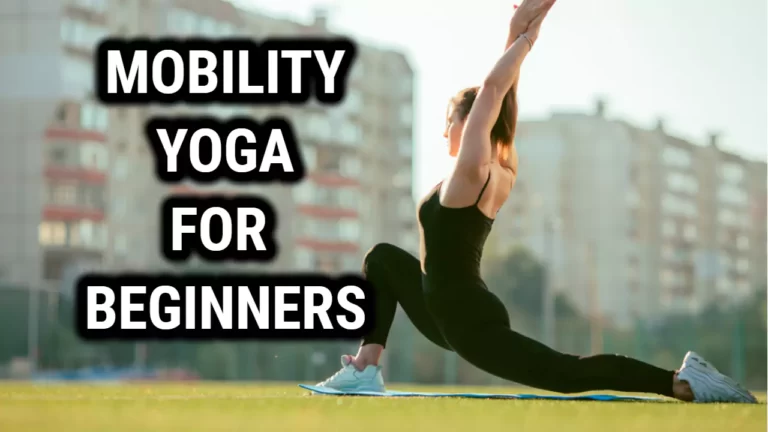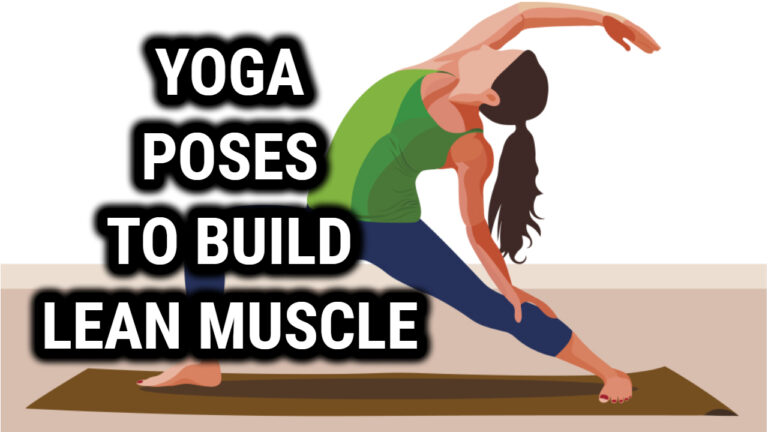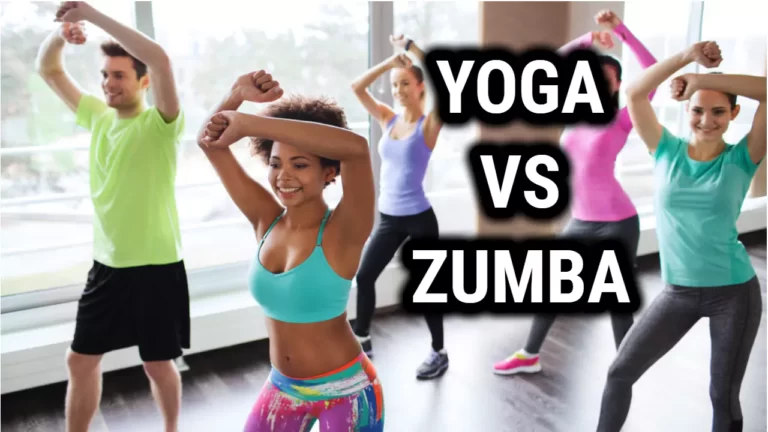Yoga Vs Boxing – Which One Is More Effective?
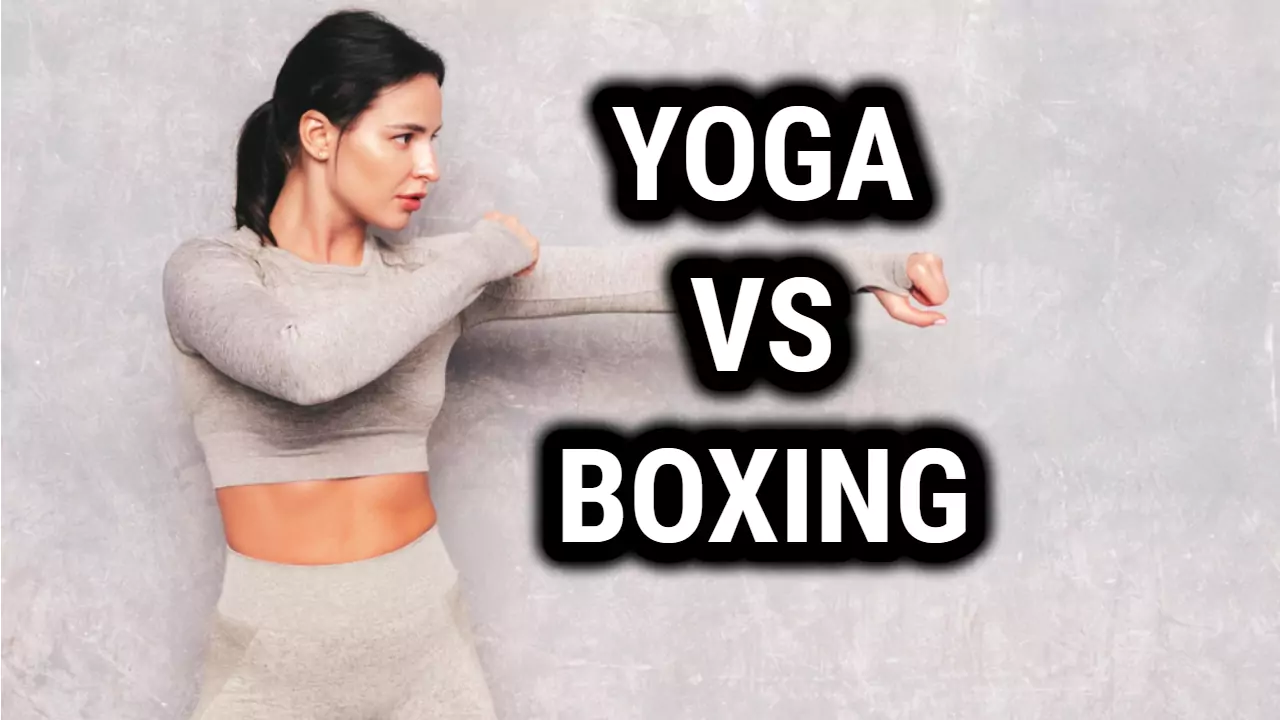
Are you looking for an exercise that can give you a full-body workout? You’re likely familiar with the two most popular options: yoga and boxing. But which one is more effective for achieving your fitness goals? In this article, we’ll compare the two activities and examine which one will give you the best results.
Yoga has been around for centuries – it originated in India more than 5,000 years ago. It involves stretching, breathing exercises, and poses designed to increase flexibility and strength. On the other hand, boxing is a high-intensity sport that requires both physical and mental training. It’s a great way to burn calories while improving balance and coordination.
Whether you’re looking to increase muscle tone or improve your posture, yoga and boxing have something to offer everyone. So let’s take a closer look at these two activities and see which one comes out on top!
Benefits Of Yoga And Boxing
Yoga and boxing both provide numerous benefits for users’ physical and mental health.
Yoga focuses on stretching, breathing techniques, and meditation to help improve flexibility, muscle tone, and relaxation. It helps the body maintain balance while also improving overall cardiovascular health.
Additionally, it helps reduce stress levels by providing a calming environment where practitioners can focus on their breathing and mindfulness.
On the other hand, boxing provides an intense workout that increases strength and endurance. It is highly effective for calorie burning as well as increasing muscle tone throughout the entire body.
Overall, both yoga and boxing offer numerous benefits for one’s mental and physical health. While yoga is best known for its calming effects on the mind, boxing is great for those looking to get an intense workout.
Ultimately, it comes down to personal preference when deciding which of these two activities would be more effective for each individual’s needs. Whichever path you choose will surely bring many positive results in terms of physical conditioning as well as overall mental wellbeing.
Different Types Of Yoga
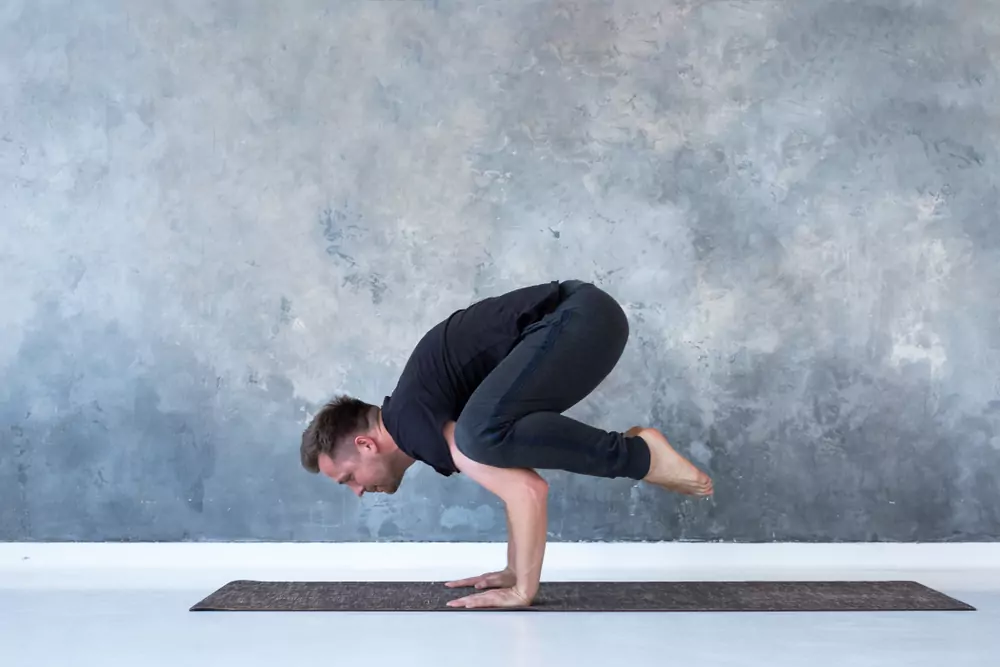
Moving on from the discussion of yoga and boxing, it is time to look into the various types of yoga that are available. There are five main types of yoga: yin yoga, power yoga, vinyasa yoga, aerial yoga and restorative yoga. Each of these has their own unique benefits.
Yin Yoga is a slower paced style of practice which involves mostly floor postures that are held for extended periods of time in order to promote relaxation and flexibility. This type of practice is great for those who want to take things slow and ease into a more relaxed way of life.
Power Yoga promotes strength and balance through dynamic postures with emphasis on alignment and breath control. This can be an intense form of exercise but it also serves as a spiritual journey as well. It is perfect for those looking to challenge themselves both mentally and physically while still reaping the many benefits that come with regular practice.
Vinyasa Yoga combines breath with movement in order to create a flow-like experience which helps improve concentration and overall flexibility. Vinyasa classes often involve sun salutations which link together multiple poses in one continuous sequence. This type of practice can help bring a sense of calmness while also offering an invigorating physical workout at the same time.
Aerial Yoga utilizes aerial hammocks that are suspended from the ceiling in order to support the body while practicing inverted poses or challenging positions that may not normally be achievable on the ground alone. This type of practice can help build strength, increase coordination and improve posture all while having fun!
Restorative Yoga is meant for those looking for deep relaxation as this style typically involves fewer postures with longer holds in order to allow your body to fully surrender into each pose without any strain or effort involved whatsoever. This gentle approach helps open up tight muscles while relieving stress at the same time- making it ideal for anyone looking to recharge their batteries after a long day or week!
Overall, there are many different types of yoga practices available that offer something special for everyone regardless of fitness level or experience – so don’t hesitate to explore what’s out there!
Different Types Of Boxing

Boxing is a great way to get fit and stay in shape. It provides an intense workout that builds strength and endurance, while also increasing flexibility. There are several different types of boxing, each with its own unique benefits.
- Kickboxing: Combines traditional boxing techniques with kicks from martial arts disciplines such as karate, taekwondo and muay thai.
- Shadow Boxing: A form of mental and physical training for boxers. It involves punching the air without any equipment or contact with an opponent.
- Mixed Martial Arts: Combines elements from various combat sports such as wrestling, kickboxing, judo, Muay Thai and Brazilian jiu-jitsu into a single discipline.
When practicing boxing, it is important to learn proper technique. This includes learning how to properly throw jabs and crosses as well as proper footwork and defensive tactics.
Once you have learned the basics of boxing, you can then use it to improve your overall fitness level or even compete in amateur or professional competitions.
No matter what type of boxing you choose to pursue, it is sure to be an effective way to stay fit while having fun at the same time!
Differences In Equipment Used
Moving on from the various types of boxing, it’s time to discuss the differences in equipment used. Yoga requires a yoga mat, yoga blocks, and sometimes a bolster or blanket. On the other hand, boxing requires gloves, wraps and a boxing ring.
Yoga mats provide comfort and support while practicing asanas or poses. They also provide traction so that one can easily move from pose to pose without slipping or sliding around.
Yoga blocks are helpful for those who are new to yoga as they help to modify poses in order to make them more accessible for those with limited flexibility or strength.
Bolsters and blankets provide extra comfort and warmth during savasana or relaxation poses at the end of a class.
Boxing gloves are essential for protecting both yourself and your opponent when practicing punches. They come in various sizes and weights depending on what type of box you’re doing and how much protection you need.
Boxing wraps protect your wrists and hands while hitting heavy bags or mitts. A boxing ring is where all fights take place; it has four ropes surrounding it that keep fighters from running away from each other during a match.
Clearly there is quite a difference between the two when it comes to the equipment needed for each activity. While yoga mats, blocks, bolsters, and blankets offer support for yoga postures, boxing gloves, wraps, and rings provide safety for both fighter’s during training sessions or matches.
Flexibility And Strength Requirements

Yoga and boxing may seem worlds apart, but when you look deeper, they have more in common than meets the eye. Both require strength, flexibility, and dedication. As you explore the physical demands of each exercise, it becomes clear which one is more effective.
Yoga is an ancient discipline that focuses on stretching exercises to promote flexibility and peace of mind. It’s a gentle form of exercise that helps to increase coordination and balance while improving posture.
Yoga is also known for its calming effect and can help to reduce stress levels. To maximize its effectiveness, yoga requires consistent practice and dedication to mastering the poses.
Boxing is a high-intensity sport that requires great strength and power. Its drills involve intense punches, kicks, and core exercises to build muscle mass and endurance.
In order to properly engage in boxing drills, one must be well-conditioned with plenty of stamina for long rounds. Boxers must also be aware of their opponent’s movements in order to react quickly with defensive techniques or offensive strikes.
No matter what type of exercise you choose, it’s important to understand the requirements before committing yourself fully so that you can reap the maximum benefits from your chosen activity.
Both yoga and boxing require a certain level of commitment but ultimately offer different results; while yoga offers mental clarity and improved flexibility, boxing provides strength training through rigorous drills and exercises – making it the more effective option overall.
Cost Comparison
When it comes to cost comparison between yoga and boxing, there is a significant difference. Yoga classes can range anywhere from a few dollars to hundreds of dollars per hour depending on the type of class and level of difficulty. Boxing classes are typically more expensive, ranging from $20-$150 per hour depending on the gym and instructor.
Yoga doesn’t require any equipment to start, so the only cost associated would be for the classes themselves. On the other hand, boxing requires gloves, hand wraps, and other protective gear which can add up over time.
Overall, yoga is usually cheaper than boxing when it comes to cost comparison. With that being said, both forms of exercise have their own benefits and drawbacks so it really depends on individual preference as to which one is more effective for them.
Also Read: Does Surya Namaskar Give Results As Hiit
Comparison Of Time Commitment

Moving on from cost, the comparison of time commitment between yoga and boxing is another important factor to consider.
Yoga practice typically requires a larger commitment of time than boxing does. Most yoga classes last for an hour or longer and usually require students to show up early in order to set up their mats and props. Traditional boxing training, on the other hand, can be completed within 45 minutes, including warm-up, drills, and sparring.
The duration of yoga sessions often depends on the style being practiced. For example, vinyasa or power yoga classes that focus more on physical exercise tend to be shorter than restorative practices that emphasize mindfulness and relaxation. Likewise, traditional boxing training sessions can vary in length depending on the amount of time dedicated to each drill or sparring round.
Regardless of the style or type of practice being done, it’s important to determine how much time one is willing to commit to either activity before deciding which one is more effective for them. It’s also important to ensure that the available time is used wisely and efficiently by setting realistic expectations and goals for each session.
Risk Factors For Injury
It is like a game of chess deciding which one is more effective; yoga or boxing. Both have their own risk factors for injury, and they should be taken into consideration when choosing one over the other.
The risk of injury from yoga largely depends on the posture, technique and equipment used during practice. If an individual has poor posture while performing yoga poses, it can lead to strain on the body and potential injuries.
Improper technique also increases the chances of injury, as incorrect use of muscles and joints can result in sprains or tears. Finally, using too much or too little equipment can cause a variety of injuries ranging from muscle soreness to joint pain.
Boxing also has its own set of risk factors for injury. Poor posture while throwing punches can cause strain in the body that leads to repetitive stress injuries or even broken bones.
Incorrect technique can also lead to injury, both from punching an opponent as well as executing a defensive move incorrectly. Improper equipment such as gloves that are too large or small can increase an individual’s chance of being injured during a match or workout session.
Popularity Trends

Yoga and boxing have both gained immense popularity over the years. In recent years, there has been a surge in yoga classes being offered at gyms and other fitness studios. As more people become aware of the physical and mental benefits of yoga, the practice is continuing to grow. Boxing classes have also seen an increase in participation as people are drawn to its intensity and athleticism.
When comparing yoga vs boxing, it’s clear that they both offer unique advantages depending on an individual’s needs and preferences. Those who prefer a calmer workout may enjoy attending a yoga class while those looking for a more rigorous exercise regimen may be drawn to boxing. Additionally, with yoga there is less risk of injury than with boxing due to its slower-paced movements.
Related Read: Slow Flow Yoga Benefits That Will Change Your Life
Conclusion
Both yoga and boxing offer a great workout for anyone looking to increase their strength, flexibility and overall health. The two practices differ in terms of their equipment needs, cost, time commitment and risk of injury. Yoga is generally seen as a easy impact form of exercise that can be done at any level, while boxing requires more skill to practice safely.
Ultimately, it’s up to the individual to decide which type of exercise best suits their lifestyle and fitness goals. Whether you choose yoga or boxing – or even better yet, combine them both! – you’re sure to benefit from increased physical fitness and emotional well-being. So why not take the plunge and try something new today? With dedication and consistency, you’ll soon feel the rewards of your efforts – body, mind, and soul!
